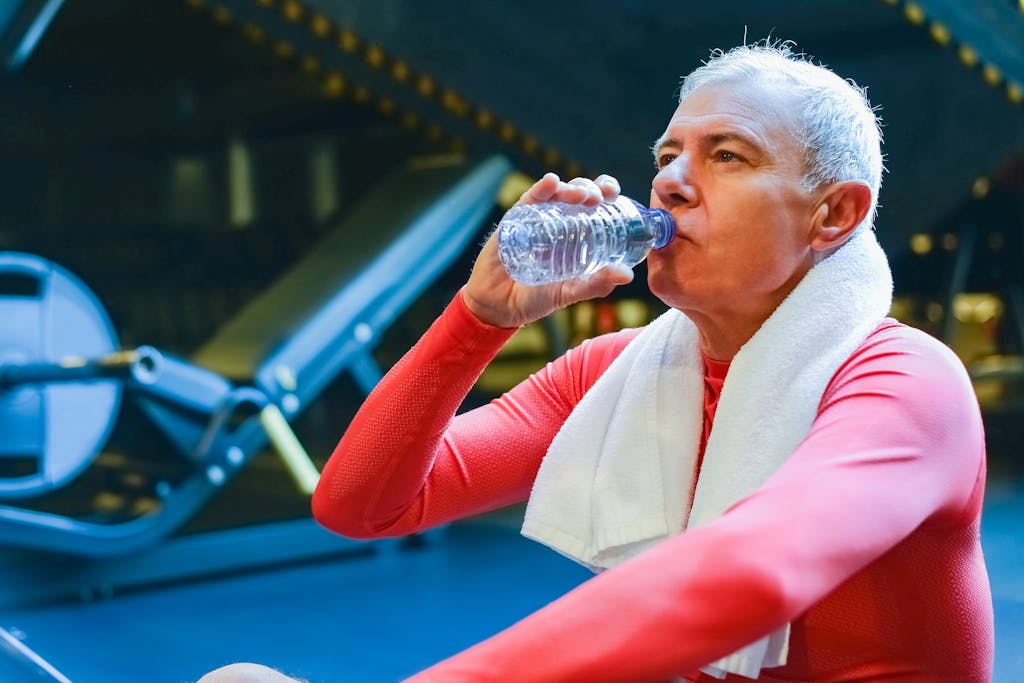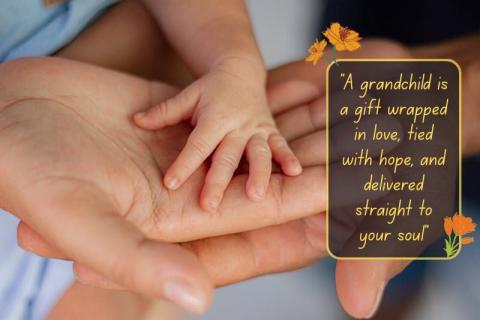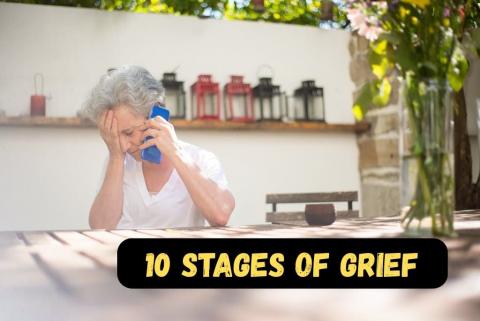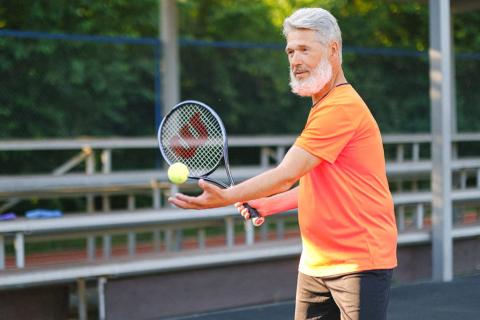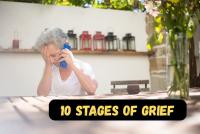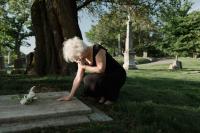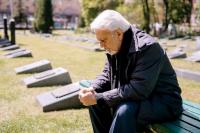Staying active is one of the best things you can do for your health as you get older. Walking, stretching, or doing light strength exercises helps keep your heart healthy, your muscles strong, and your mood bright.
But just as important as the exercise itself is the time you take to rest afterward. This rest time is called the recovery period.
So, Why is a Recovery Period Between Bouts of Exercise Important?
✅ Because it gives your body the chance to heal, rebuild, and prepare for your next workout.
When you move your body, whether it’s a walk around the park or lifting light weights, your muscles work a little harder than usual. This creates tiny, normal stresses in your muscle fibers.
That’s actually a good thing! It’s how your body gets stronger over time. But those small stresses need time to heal. Without enough rest, your muscles cannot repair themselves properly, which may lead to soreness, tiredness, or even injury.
As we age, our bodies naturally take a bit longer to recover. Joints may feel stiffer, and muscles may need more time to bounce back. That’s why recovery is not a luxury; it’s a necessary part of staying fit and safe.
How Long Should You Rest?
For strength-building activities, like using resistance bands or light dumbbells, it’s best to wait at least 48 hours before working the same muscle group again. This gives your muscles time to repair and grow stronger.

For lighter activities like walking or gentle cycling, you may not need a full rest day. But it’s still wise to avoid doing the same intense workout two days in a row.
For example, if you did leg exercises on Monday, focus on your arms or do a relaxing walk on Tuesday.
Hydration and Nutrition Help Recovery
Water plays a big role in healing. It helps carry nutrients to your muscles and removes waste from your body.
Many older adults don’t feel thirsty as often, so it’s important to drink water regularly even if you’re not sweating much. Try to have a glass of water after your exercise and keep sipping throughout the day.
Eating well also supports recovery. Foods with protein (like eggs, beans, or yogurt), healthy fats (like avocado or nuts), and colorful fruits and vegetables give your body the building blocks it needs to repair itself.
Listen to Your Body
Your body sends signals when it needs more rest. If your muscles are still very sore after two days, if you feel unusually tired, or if you’re having trouble sleeping, you might need an extra recovery day.
These are not signs of weakness; they are helpful clues. Paying attention to them helps you avoid injury and stay consistent with your routine.
Rest Is Good for Your Mind Too
Recovery isn’t just about your body. Rest days also give your mind a chance to relax. Feeling less stressed, sleeping better, and enjoying your daily life are all part of healthy aging.
Think of recovery as a quiet gift you give yourself, not a sign of slowing down, but a smart step toward staying strong and independent.
When in Doubt, Talk to a Professional
If you have a long-term health condition such as arthritis, heart disease, diabetes, or osteoporosis, it’s a good idea to talk to your doctor or a physical therapist.
They can help you choose safe exercises and suggest the right amount of rest based on your personal needs.
Final Thought
Exercise keeps you moving, but recovery keeps you going. By giving your body time to rest, you protect your health, reduce the risk of injury, and enjoy the benefits of physical activity for years to come.
Read Also: 12 Best Hobbies for Retired Men to Stay Active and Happy
So remember: why is a recovery period between bouts of exercise important? Because it helps you stay strong, safe, and ready for life’s next step with energy, balance, and joy.
